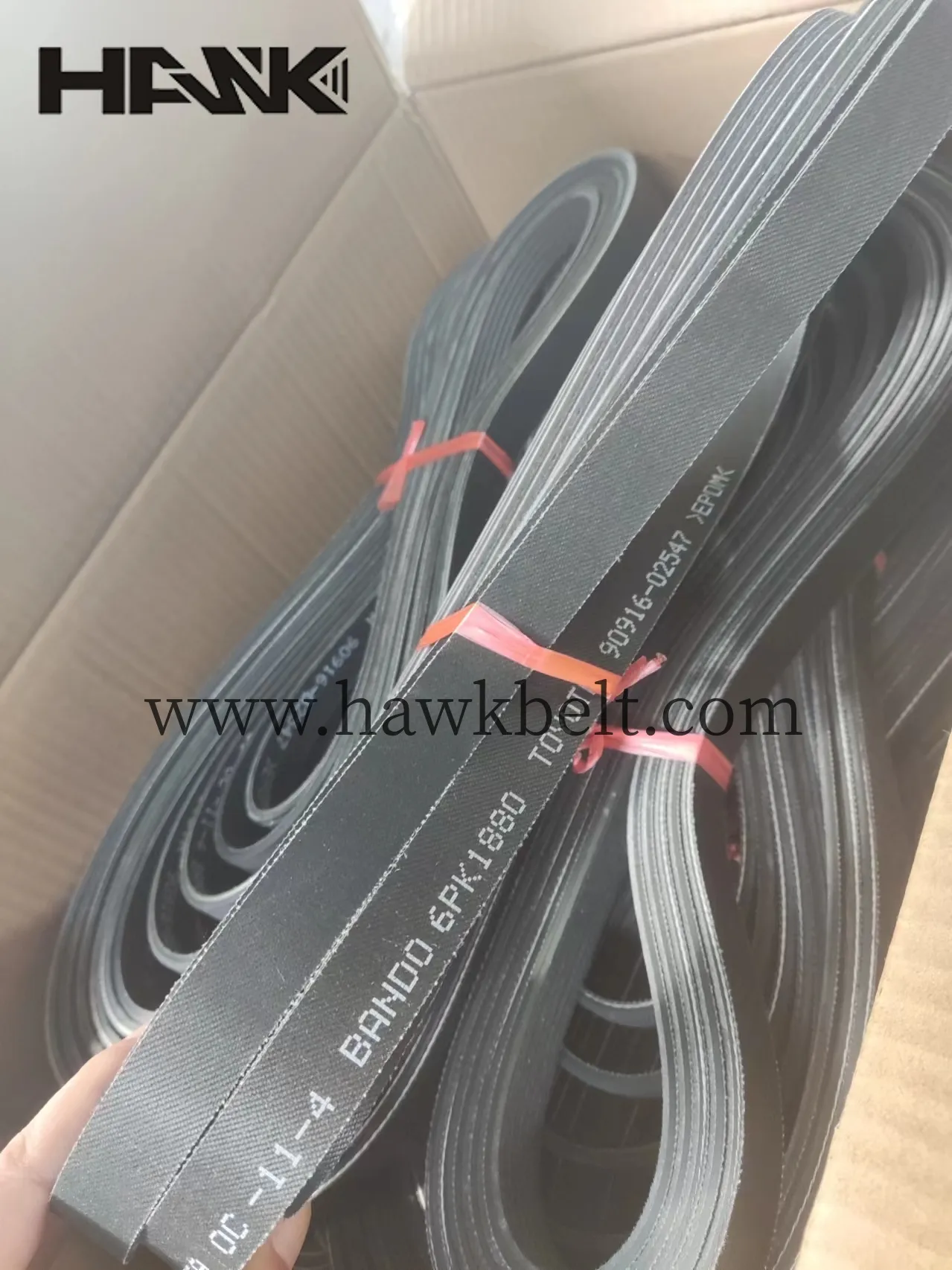- Arabic
- French
- Russian
- Spanish
- Portuguese
- Turkish
- Armenian
- English
- Albanian
- Amharic
- Azerbaijani
- Basque
- Belarusian
- Bengali
- Bosnian
- Bulgarian
- Catalan
- Cebuano
- Corsican
- Croatian
- Czech
- Danish
- Dutch
- Afrikaans
- Esperanto
- Estonian
- Finnish
- Frisian
- Galician
- Georgian
- German
- Greek
- Gujarati
- Haitian Creole
- hausa
- hawaiian
- Hebrew
- Hindi
- Miao
- Hungarian
- Icelandic
- igbo
- Indonesian
- irish
- Italian
- Japanese
- Javanese
- Kannada
- kazakh
- Khmer
- Rwandese
- Korean
- Kurdish
- Kyrgyz
- Lao
- Latin
- Latvian
- Lithuanian
- Luxembourgish
- Macedonian
- Malgashi
- Malay
- Malayalam
- Maltese
- Maori
- Marathi
- Mongolian
- Myanmar
- Nepali
- Norwegian
- Norwegian
- Occitan
- Pashto
- Persian
- Polish
- Punjabi
- Romanian
- Samoan
- Scottish Gaelic
- Serbian
- Sesotho
- Shona
- Sindhi
- Sinhala
- Slovak
- Slovenian
- Somali
- Sundanese
- Swahili
- Swedish
- Tagalog
- Tajik
- Tamil
- Tatar
- Telugu
- Thai
- Turkmen
- Ukrainian
- Urdu
- Uighur
- Uzbek
- Vietnamese
- Welsh
- Bantu
- Yiddish
- Yoruba
- Zulu
Oct . 31, 2024 23:29 Back to list
Understanding the Importance of Timing Belts in Vehicle Maintenance and Performance
Understanding Vehicle Timing Belts Essential Maintenance for Longevity
The timing belt is a crucial component in internal combustion engines, responsible for synchronizing the rotation of the crankshaft and camshaft. This synchronization ensures that the engine's valves open and close at the correct times during each cylinder's intake and exhaust strokes. If the timing belt fails, the engine can suffer severe damage, leading to costly repairs and potential total engine failure. Therefore, understanding the importance of timing belts and adhering to maintenance schedules is essential for vehicle longevity.
Understanding Vehicle Timing Belts Essential Maintenance for Longevity
Most manufacturers recommend replacing the timing belt every 60,000 to 100,000 miles, but this can vary depending on the make and model of the vehicle. Conditions such as frequent short trips, extreme weather, and driving style can also impact the timing belt's lifespan. Therefore, it's essential to consult your owner's manual for specific recommendations tailored to your vehicle.
vehicle timing belt

Ignoring the timing belt replacement schedule can lead to catastrophic failures. In an interference engine, where the clearance between the pistons and valves is minimal, a snapped timing belt can cause the pistons to collide with open valves, resulting in bent valves, damaged pistons, and in some cases, a complete engine rebuild may be necessary. Even in non-interference engines, a broken timing belt can leave a driver stranded, leading to costly towing and repairs.
Signs of a failing timing belt may include a ticking noise from the engine, misaligned timing marks during a visual inspection, oil and coolant leaks, or an engine that will not start. If you notice any of these signs, it is vital to consult a professional mechanic immediately. Early detection can save you from more extensive engine damage and ensure your vehicle continues to operate smoothly.
When replacing a timing belt, it's often advisable to replace other components at the same time, such as the water pump, tensioners, and pulleys. These parts commonly wear out around the same mileage and failing to replace them can lead to future problems. Additionally, many mechanics offer a timing belt kit, which includes all necessary components for the replacement process, ensuring a comprehensive approach to vehicle maintenance.
In conclusion, the timing belt is a vital engine component that requires regular inspection and timely replacement. Proper maintenance not only ensures the engine operates efficiently but also saves drivers from unexpected breakdowns and costly repairs. As the adage goes, An ounce of prevention is worth a pound of cure, and this is especially true when it comes to vehicle timing belts. Regular checks and adherence to replacement schedules can lead to a smoothly running engine and peace of mind for drivers.
-
Upgrade Power Steering Pump Belt for Smooth, Quiet Operation
NewsAug.27,2025
-
Precision Timing Belt & Chain: Engine Performance & Durability
NewsAug.26,2025
-
Precision Lathe Drive Belts: Durable & Reliable Performance
NewsAug.25,2025
-
84.5 Serpentine Belt: Durable & Precision Fit for Your Engine
NewsAug.24,2025
-
Premium Ribbed Drive Belts for Quiet Power Transmission
NewsAug.23,2025
-
High-Performance Vehicle Timing Belt for Engine Precision
NewsAug.22,2025

